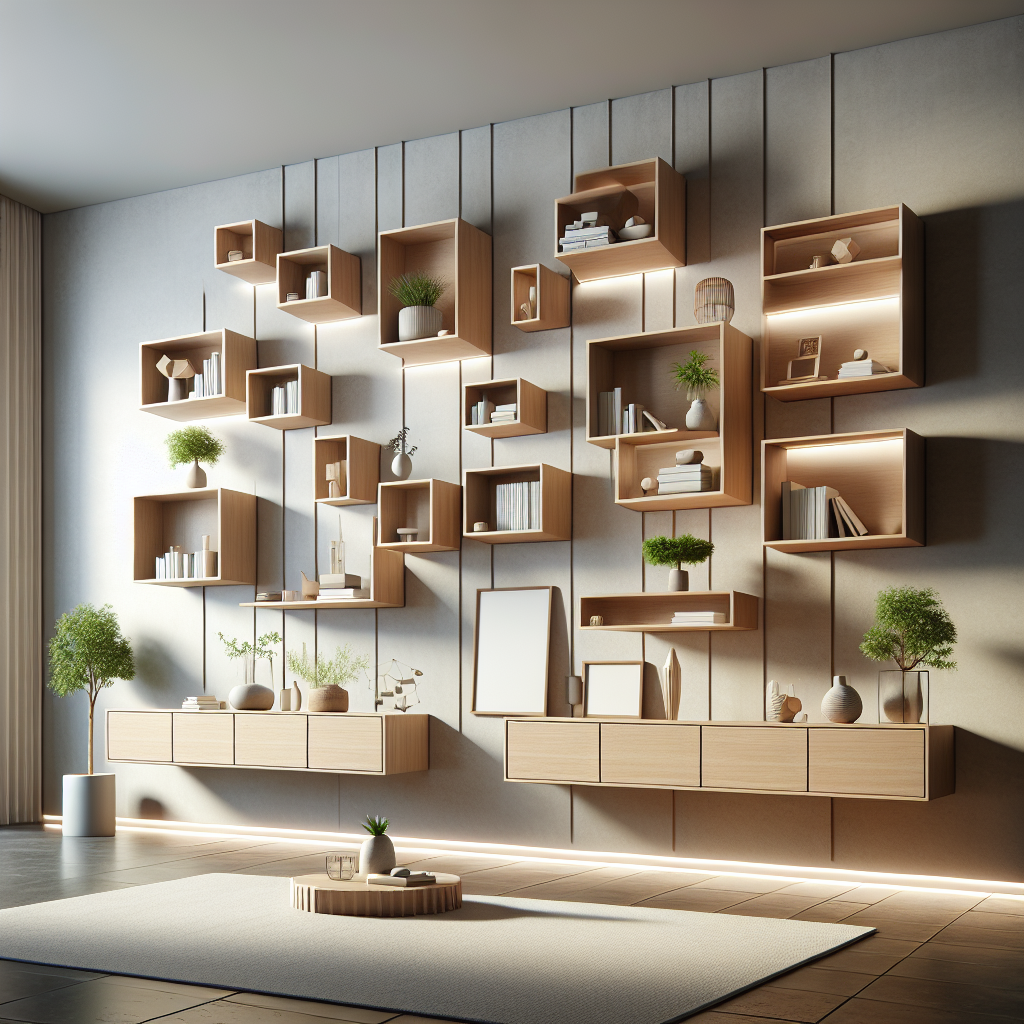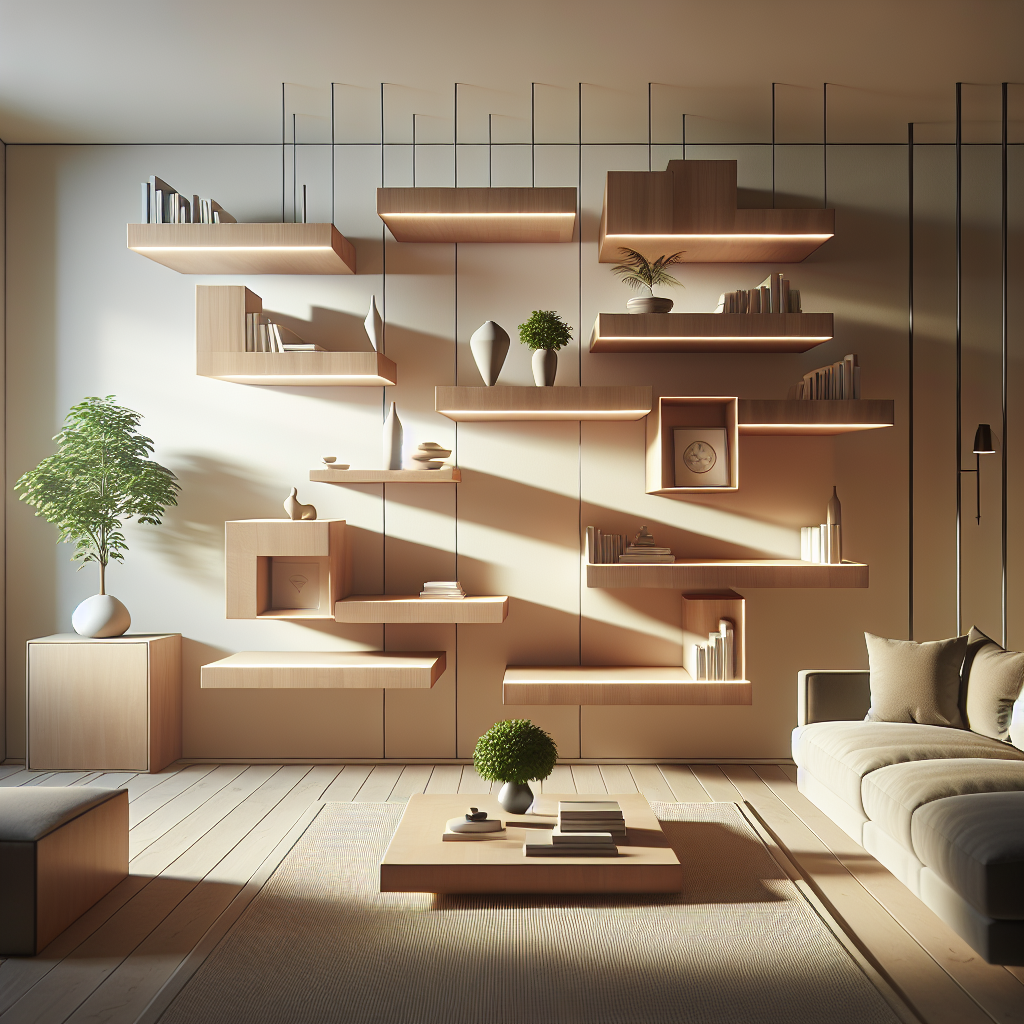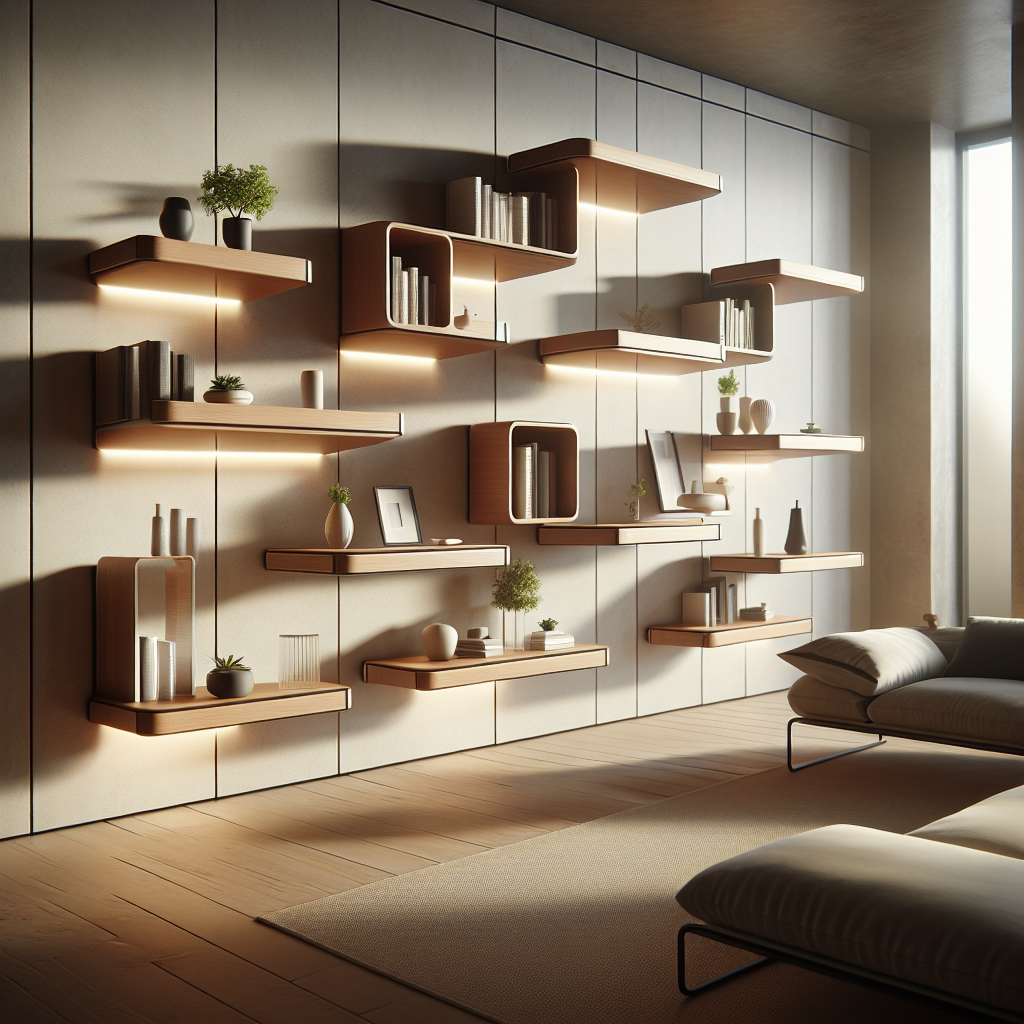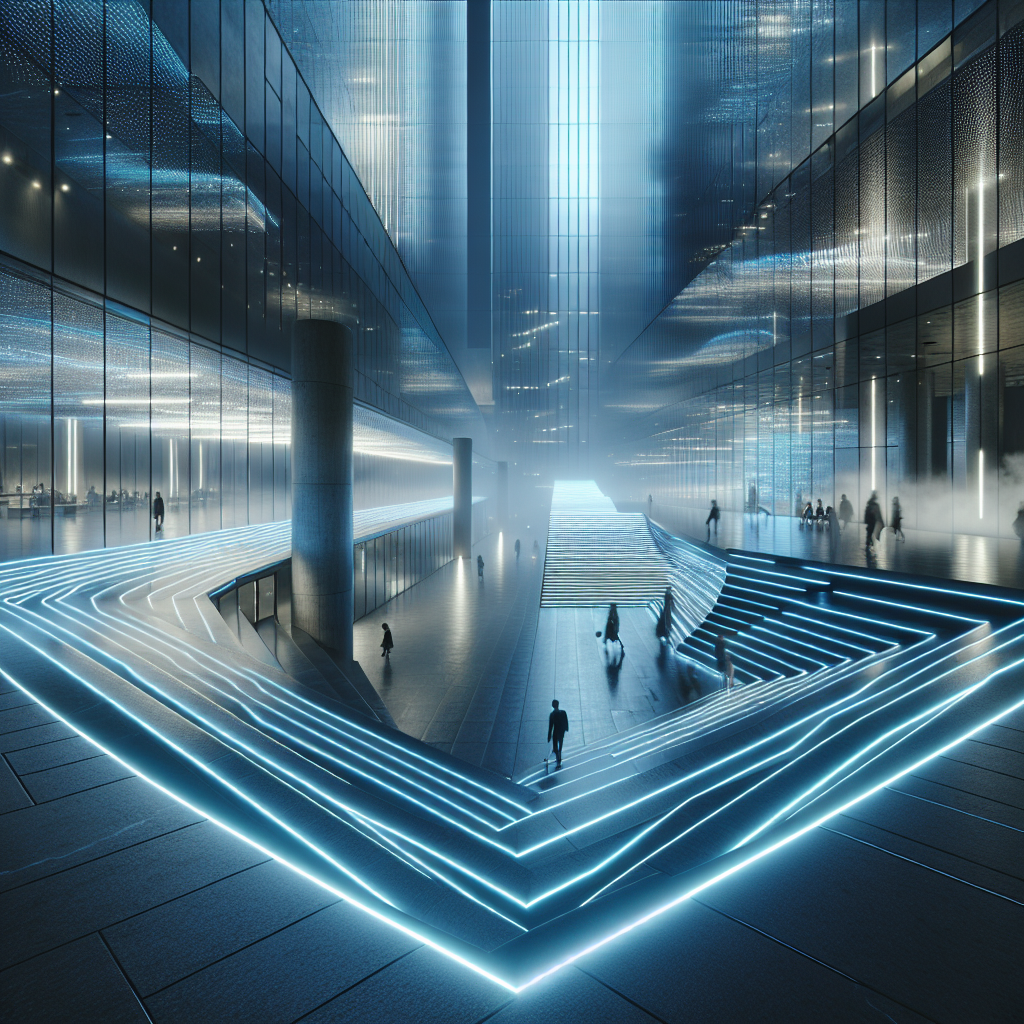Magnetic levitated décor: floating shelves powered by hidden magnets
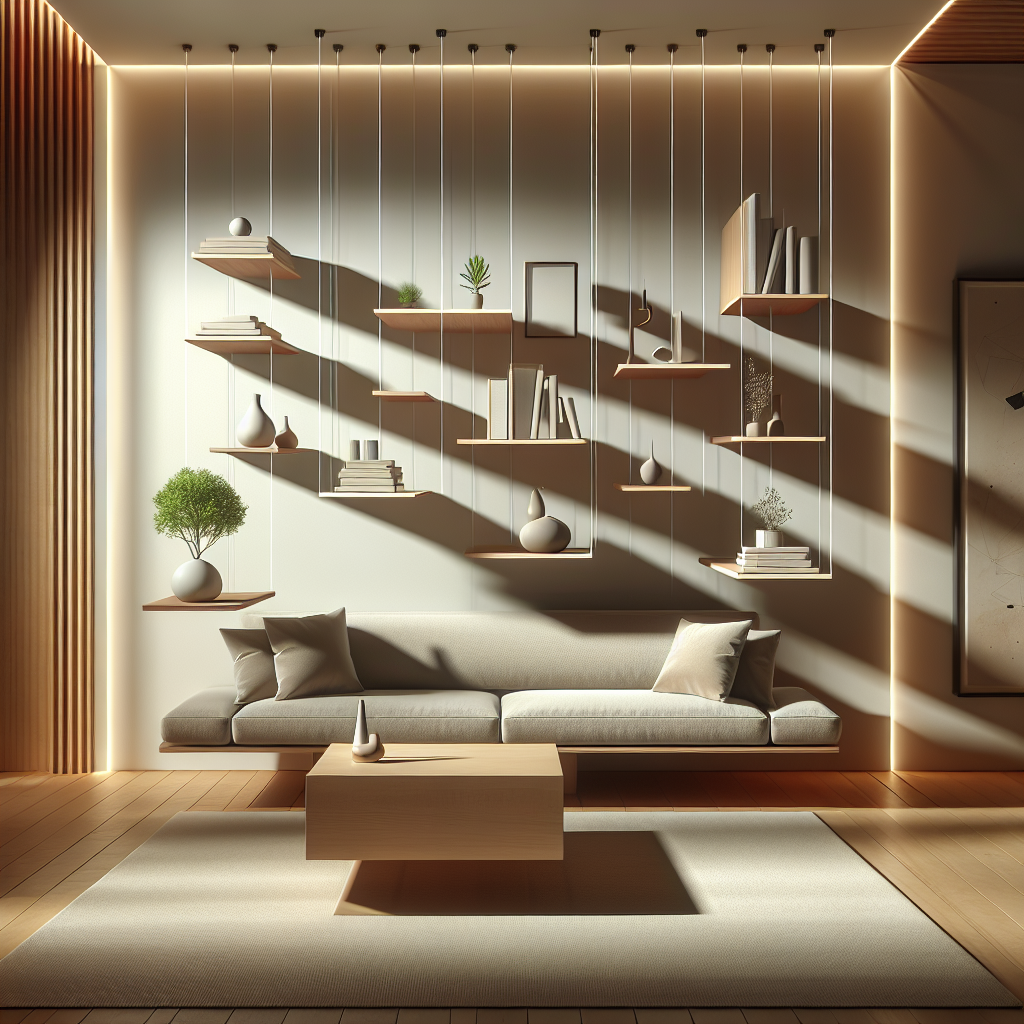
Magnetic Levitated Décor: Floating Shelves Powered by Hidden Magnets
In the ever-evolving landscape of interior design, innovation often emerges from the intersection of technology and aesthetics. The latest trend captivating architects, designers, and sophisticated homeowners alike is the ethereal allure of magnetic levitated décor. At the forefront of this movement are floating shelves powered by hidden magnets, a groundbreaking design concept that redefines spatial perception and brings an element of magic into contemporary interiors.
The Science Behind the Magic: Magnetic Levitation Explained
Magnetic levitation, or maglev, is not a new concept; it has been extensively explored in transportation systems like high-speed trains. However, its recent adaptation into interior design marks a fascinating evolution. At its core, maglev utilizes the principles of magnetic repulsion and attraction, allowing objects to float effortlessly above a surface without physical support. This phenomenon is achieved through carefully calibrated electromagnets embedded discreetly within walls or base units, creating an invisible force field that suspends shelves and décor items mid-air.
By harnessing this technology, designers have opened a new realm of possibilities, creating interiors that challenge traditional notions of gravity and solidity. The seamless integration of hidden magnets into architectural elements allows for clean lines, minimalist aesthetics, and an unparalleled sense of visual purity.
Design Meets Innovation: Aesthetic and Functional Advantages
Floating shelves powered by hidden magnets offer more than just visual intrigue; they provide tangible functional benefits that resonate deeply with design professionals and enthusiasts. One of the most significant advantages is the elimination of visible brackets, screws, or supports, resulting in a pristine, uncluttered appearance. This minimalist approach aligns perfectly with contemporary design philosophies, where simplicity and clarity reign supreme.
Moreover, the modular nature of magnetic levitated shelves allows for dynamic rearrangement and customization. Homeowners and designers can effortlessly reposition shelves, adapting interiors to evolving needs or preferences without the constraints of traditional fixed installations. This flexibility echoes broader trends in modular design, as explored in our previous article on modular design solutions, highlighting the growing demand for adaptable living spaces.
Case Studies: Real-World Applications of Magnetic Levitated Shelves
Several pioneering projects have already showcased the transformative potential of magnetic levitated décor. One notable example is the “Skyline Residence” in Tokyo, designed by the renowned architectural firm Studio Arai. Here, floating shelves powered by hidden magnets adorn the living room walls, creating an illusion of weightlessness that complements the home’s minimalist aesthetic. The shelves, crafted from sleek walnut wood, appear to hover effortlessly, their shadows subtly enhancing the sense of depth and dimension within the space.
Another compelling instance is the boutique hotel “Levitá” in Barcelona, where magnetic levitated shelves serve as focal points in guest suites. Designed by interior architect Sofia Martínez, these shelves not only captivate guests with their visual elegance but also enhance practicality by allowing easy repositioning to accommodate varying guest needs. The integration of maglev technology here aligns seamlessly with the hotel’s commitment to innovation and experiential luxury.
Sustainability and Longevity: Environmental Considerations
In an era increasingly defined by sustainability, magnetic levitated décor offers notable environmental advantages. The absence of physical supports reduces material usage, aligning with principles of minimal waste and resource efficiency. Furthermore, the modular and adaptable nature of these shelves contributes to their longevity, as they can be reconfigured rather than replaced, minimizing environmental impact over time.
This sustainable approach echoes broader architectural trends, such as those explored in our article on biodegradable architecture, underscoring the industry’s collective shift toward environmentally conscious design solutions.
Integrating Magnetic Levitated Décor into Diverse Interiors
While magnetic levitated shelves naturally complement minimalist and contemporary interiors, their versatility extends far beyond these styles. Designers have successfully integrated maglev décor into diverse aesthetic contexts, from industrial lofts to traditional homes. For instance, pairing floating wooden shelves with exposed brick walls creates a striking juxtaposition, blending rustic charm with futuristic innovation. Similarly, in classical interiors, levitated marble shelves can serve as elegant statement pieces, merging timeless materials with cutting-edge technology.
Such creative integrations demonstrate the boundless potential of magnetic levitated décor, encouraging designers to explore unconventional combinations and redefine traditional design boundaries.
Challenges and Considerations: Navigating Technical Constraints
Despite their undeniable appeal, magnetic levitated shelves present certain technical considerations that designers must navigate. Weight limitations, for instance, necessitate careful selection of shelf materials and items displayed. Typically, these shelves are best suited for lightweight objects such as books, decorative pieces, or small plants. Additionally, precise installation is crucial to ensure stability and optimal performance, requiring collaboration with skilled technicians familiar with maglev systems.
Addressing these challenges effectively involves thoughtful planning and informed decision-making, ensuring that the aesthetic and functional benefits of magnetic levitated décor are fully realized without compromising safety or practicality.
The Future of Interior Design: Embracing Technological Innovation
As technology continues to reshape the design landscape, magnetic levitated décor represents a compelling glimpse into the future of interiors. The integration of advanced technologies like maglev aligns with broader industry trends toward smart homes and responsive environments, as discussed in our exploration of smart home technology. This convergence of innovation and aesthetics promises to redefine how we experience and interact with our living spaces, opening new avenues for creativity and personalization.
Furthermore, the growing popularity of augmented reality (AR) and virtual reality (VR) in design visualization, as highlighted in our previous article on virtual reality in architecture, complements the adoption of magnetic levitated décor. Designers can now experiment virtually with maglev installations, exploring spatial dynamics and visual effects before physical implementation, enhancing the precision and impact of their creations.
Conclusion: Elevating Interiors with Magnetic Levitated Décor
Magnetic levitated shelves powered by hidden magnets represent more than a mere design trend; they embody a transformative shift in how we conceive and experience interior spaces. By seamlessly blending technological innovation with aesthetic elegance, maglev décor challenges conventional perceptions of gravity, solidity, and spatial boundaries, offering designers and homeowners alike an unprecedented opportunity to elevate their interiors.
As we continue to explore and embrace such groundbreaking innovations, the future of interior design promises to be not only visually captivating but also profoundly responsive, sustainable, and inspiring.
For further reading on how technology shapes our built environment, explore our detailed analysis of technology’s impact on futuristic city design.
To delve deeper into the scientific principles of magnetic levitation, visit the comprehensive entry on magnetic levitation on Wikipedia.
Discover more about minimalist aesthetics by exploring the influential Minimalism movement.
Learn about the importance of modularity in design by visiting the Wikipedia page on modular design.
